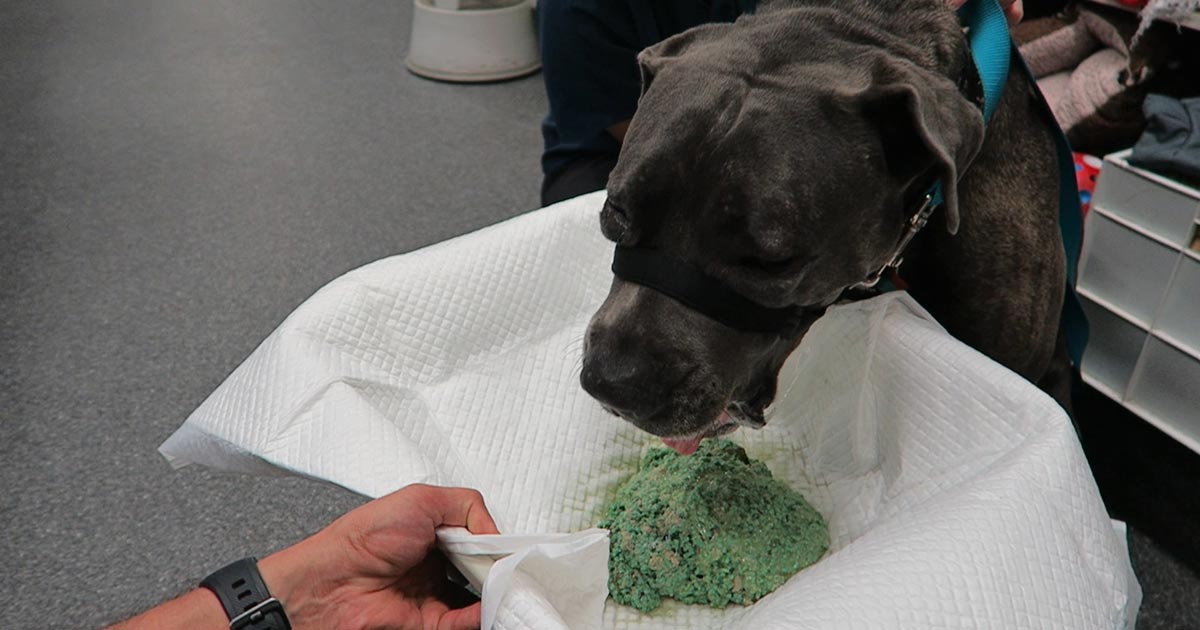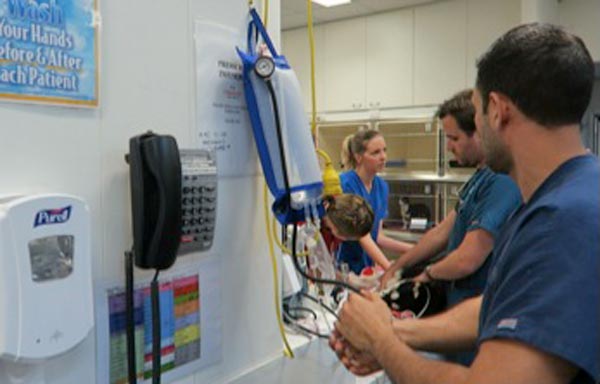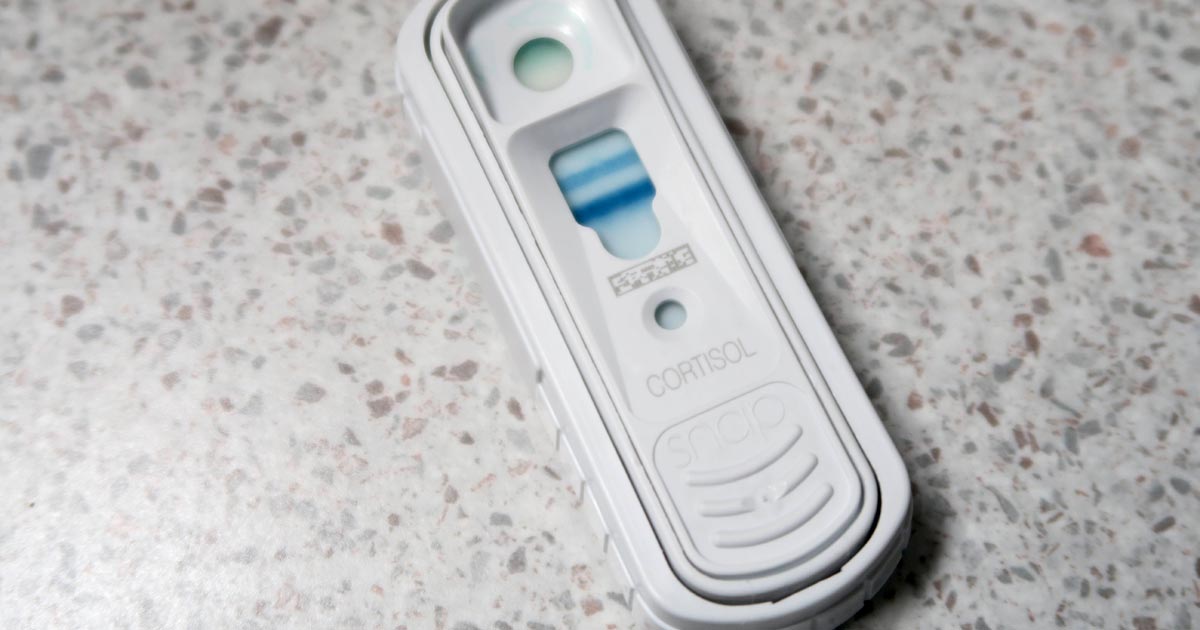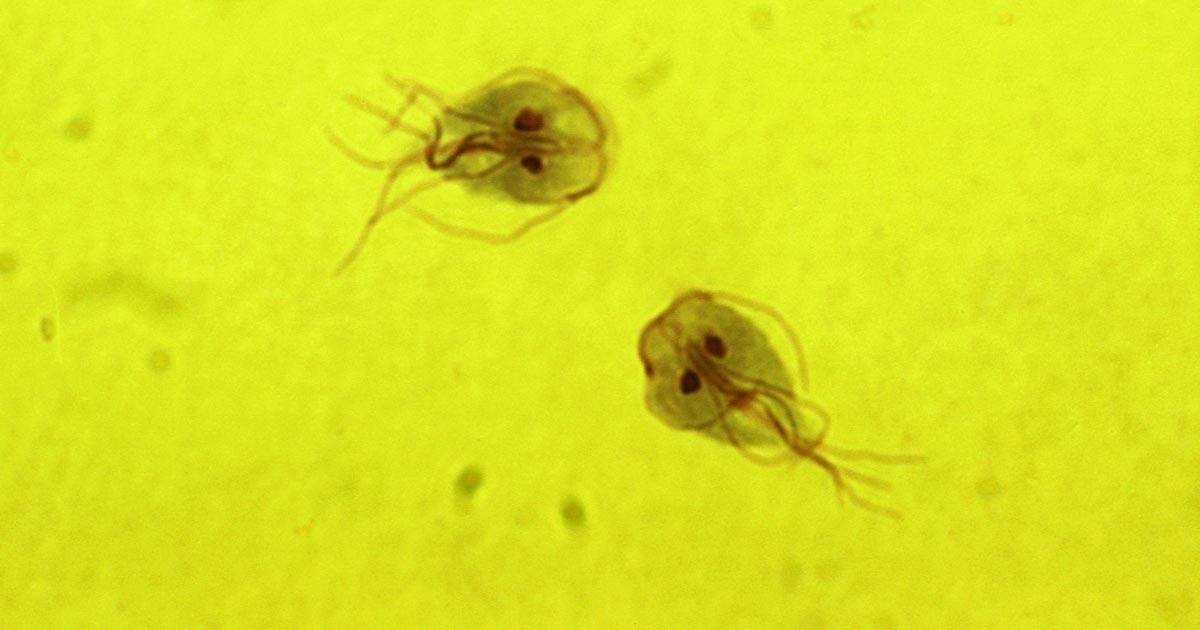Tag: Clinical signs
-

Christmas dangers
—
by
Christmas can be a busy time for vet clinics, so here is a list of common intoxications and conditions to keep an eye out on during the festive period. Chocolate Numerous online calculators can determine whether a toxic dose has been consumed and they are a great place to start. I always perform emesis in…
-

Emesis: a thing of the past?
—
by
Until I started researching this Tip of The Week, I did not know the medical profession has abandoned the routine use of emesis in oral poisoning. This is based on multiple medical literatures that have proven emesis induction does not influence the clinical severity of poisoning, the length of hospitalisation and the clinical outcome or…
-

All hands on deck: GDV diagnosis
—
by
Gastric dilatation-volvulus (GDV) is a true veterinary emergency and while it can be daunting to be presented with a sick dog with suspected GDV, the most important thing to remember is this patient will likely succumb to this condition without your intervention. First, a little pathophysiology: GDV is a broad term that can refer to…
-

Perfusion deficits and fluid resuscitation: a more in-depth look
—
by
A few weeks ago in the Tip of The Week, we discussed the four basic components of a fluid therapy plan – perfusion deficit, hydration deficit, maintenance requirements and ongoing losses. Let’s consider perfusion deficits. As an emergency clinician, correcting perfusion deficits is a crucial part of stabilising a patient. So what is a perfusion…
-

Abusive clients
—
by
I’ve read some of the reports of vets suffering abuse from clients and it’s upset me on many fronts. First is the misuse of the term “abuse”, but that’s something I’ll leave for another blog. My main issue today is that, as veterinary practices, we have it within our control to resolve many of the…
-

SNAP cortisol test
—
by
While hyperadrenocorticism is not an uncommon incidental finding in patients presenting to our emergency clinic, hypoadrenocorticism is a lot less common. Or, possibly, more frequently underdiagnosed. Textbook clinical presentations combined with haematology and biochemicial changes can make diagnosis straightforward, but not all patients will present with all the classic signs. To complicate things further, hypoadrenocorticism…
-

Giardia SNAP test
—
by
Following last week’s discussion about pancreas-specific lipase tests, this week we look at Giardia SNAP tests. Giardia is an important differential diagnosis in domestic species presenting with gastrointestinal disease, with a reported prevalence varying between 10% in household dogs and up to 100% in canine shelters and breeding colonies. Younger animals – particularly younger than…
-

Eating disorders and the veterinary profession
—
by
The general public associates the word “anorexia” with the eating disorder characterised by refusing to eat to lose weight, which, in human medicine, has the more specific name of “anorexia nervosa”. As vets, we use the word the term “anorexic” in the slightly different sense of being a clinical sign our patients exhibit – defined…
-

Supporting the whole team
—
by
While the nursing profession progresses with the protection for the title in the code of conduct and #VNFutures, we still have a shortage of RVNs, and while veterinary care will always a be a team effort, this shortage means care assistants can feel they are taking on a bigger role within the team than first…
-

Clients’ perception of pain in their pets
—
by
I’ve been hearing a classic client phrase a little too much recently. I realise it can be difficult for some people to get – that animals feel physical pain just like we do – but when the evidence is staring you straight in the face (or even trying to bite your hand), why can people…